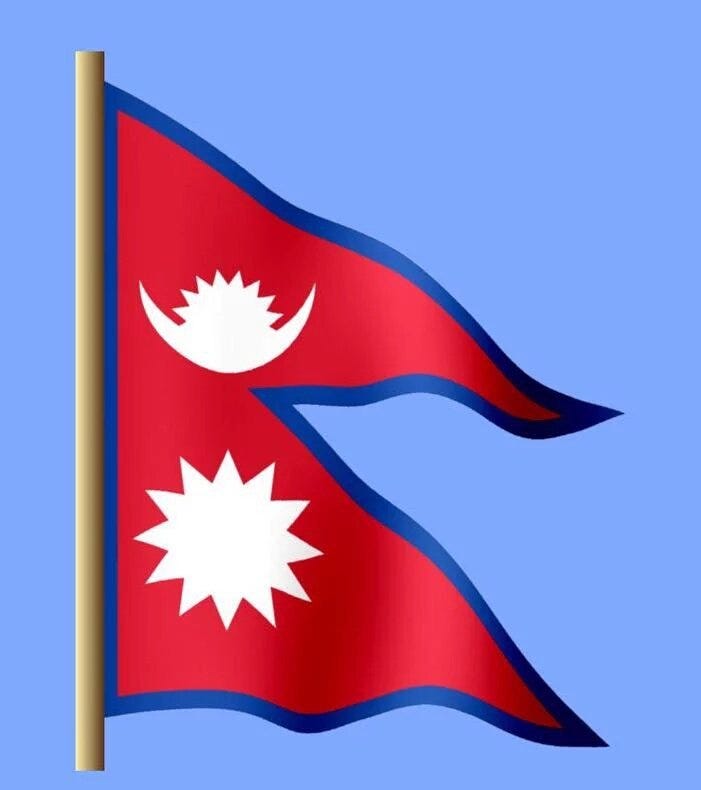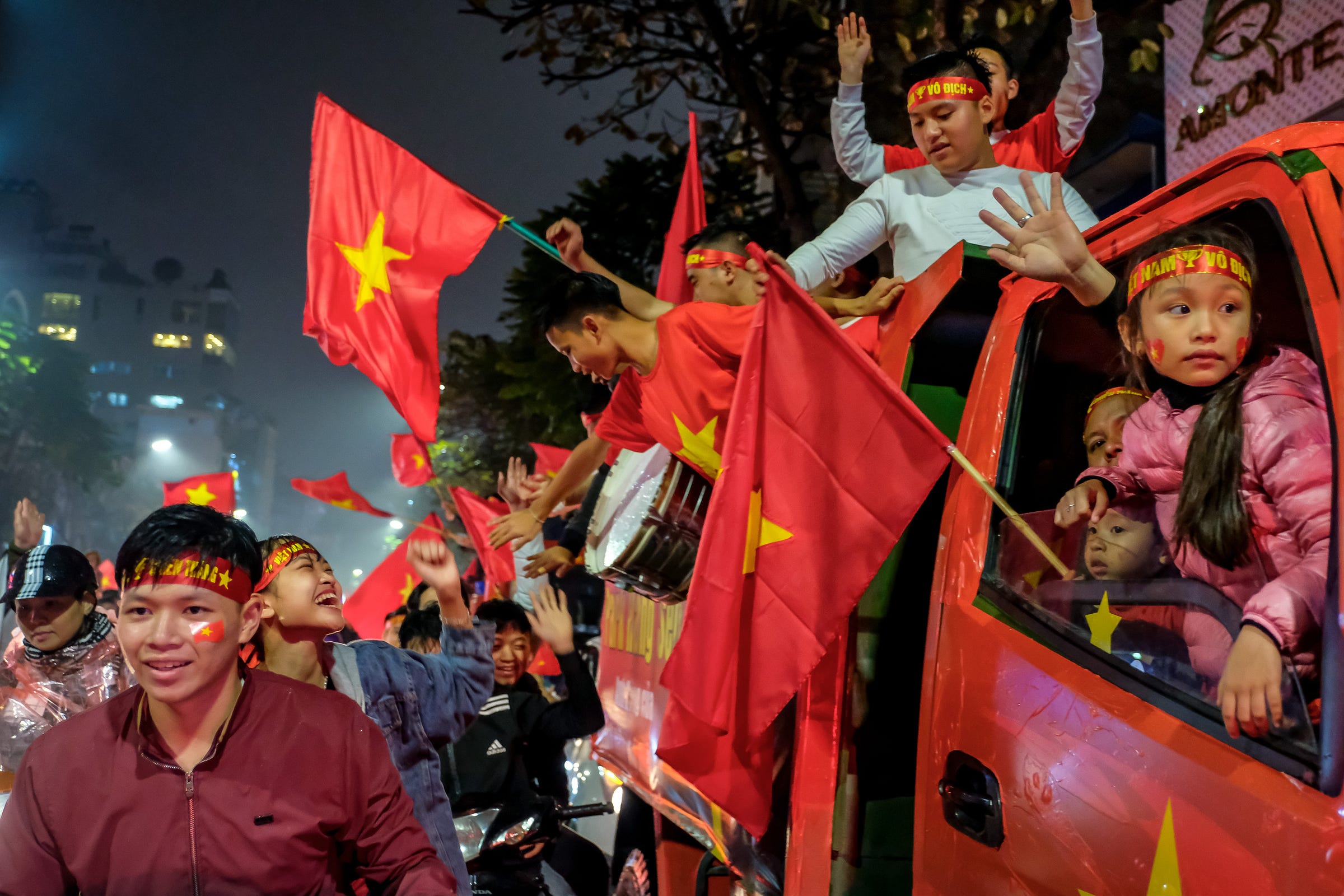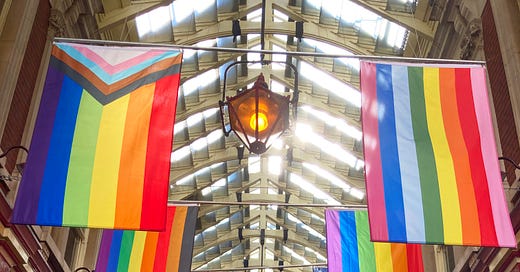Field Guide Vol. 267
June 14th marks Flag Day in the United States, a celebration of the adoption of the nation’s red, white and blue banner in 1777. Numerous other nations, including Sweden, Peru, Romania, Argentina, Armenia and more, also dedicate June to honoring their national flags, as symbols of national identity and cultural heritage. In many parts of the world, June is also Pride Month, the annual celebration of LGBTQ+ people and communities around the world. The vast array of Pride flags have long been a symbol of the diversity of identities and experiences within the LGBTQ+ community.
Whether they’re representing collective identities or social movements, flags remain powerful and often complicated symbols in our world. This week we’re taking a look at some of the most interesting flags and their histories.
Field Guide examines how different cultures play with the same concepts—from voting and water access to movie-making and whiskey. Field Guide is for paid subscribers—thank you for your support!
We rely on our paid subscribers to do this work. Not yet a member? Upgrade today and help us continue to publish great journalism from around the world.
Did you know?

Most national flags are rectangular, so the Nepali flag’s unusual double-pennant shape has been the subject of study. Its origins aren’t entirely clear. Some sources trace the shape to the late 1920s, while others go as far back as the 5th century. In 1962, Nepal altered its flag to remove the faces from the sun and moon symbols on the pennants in a bid to modernize the flag—but retained the double-pennant design. It is the only country in the world to have a five-sided national flag
***

Vietnam United
By Gabriel Tan
The evenings are never quiet in Vietnam’s two most bustling cities, but on a 2018 night, the cacophony of motorbike horns and whooping voices was unusually deafening. From Hanoi to Hồ Chí Minh City, thousands waved flags and pennants while riding through the streets. An endless sea of red peppered with yellow stars, which combine to make the Vietnam flag.
Keep reading with a 7-day free trial
Subscribe to Stranger's Guide to keep reading this post and get 7 days of free access to the full post archives.



